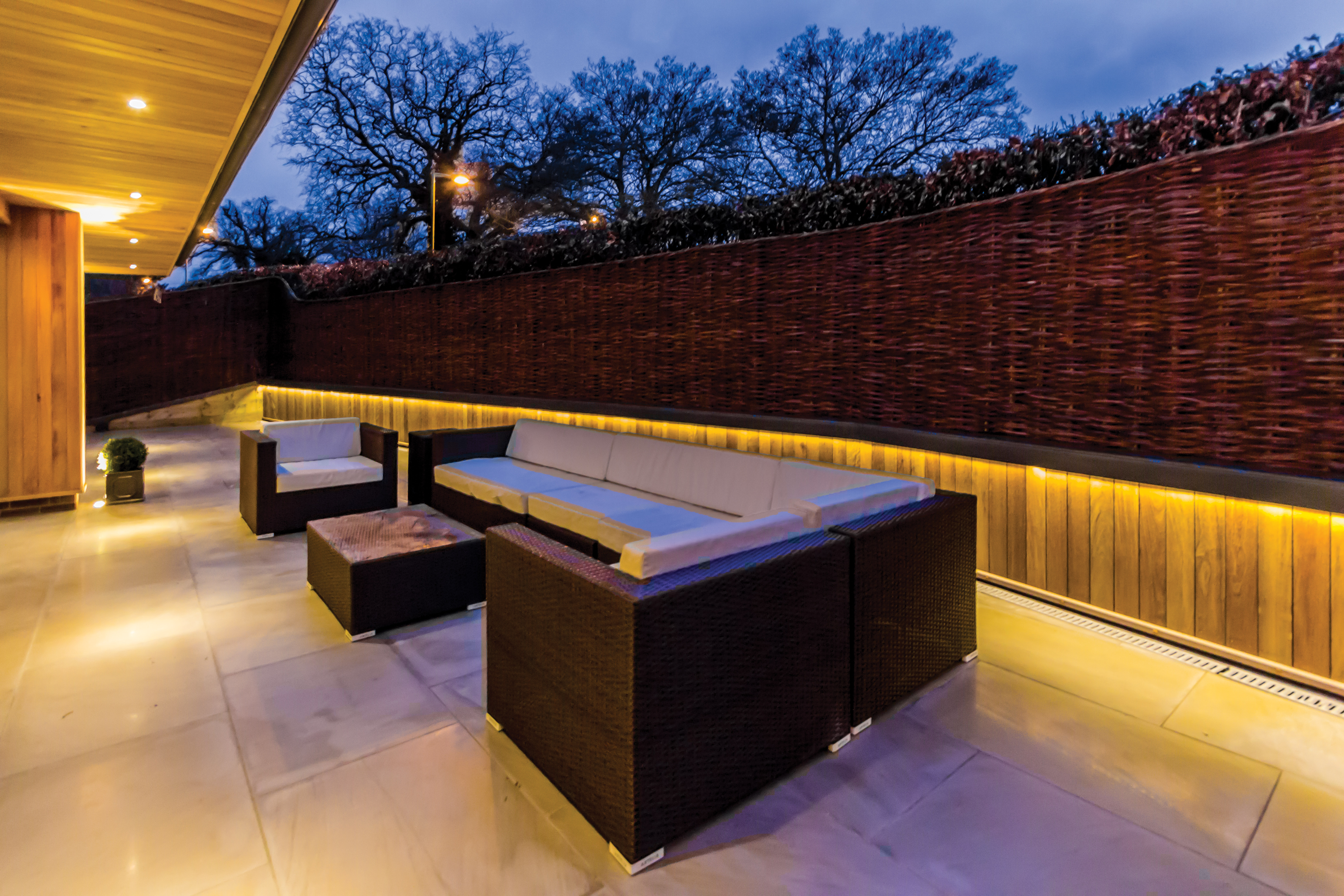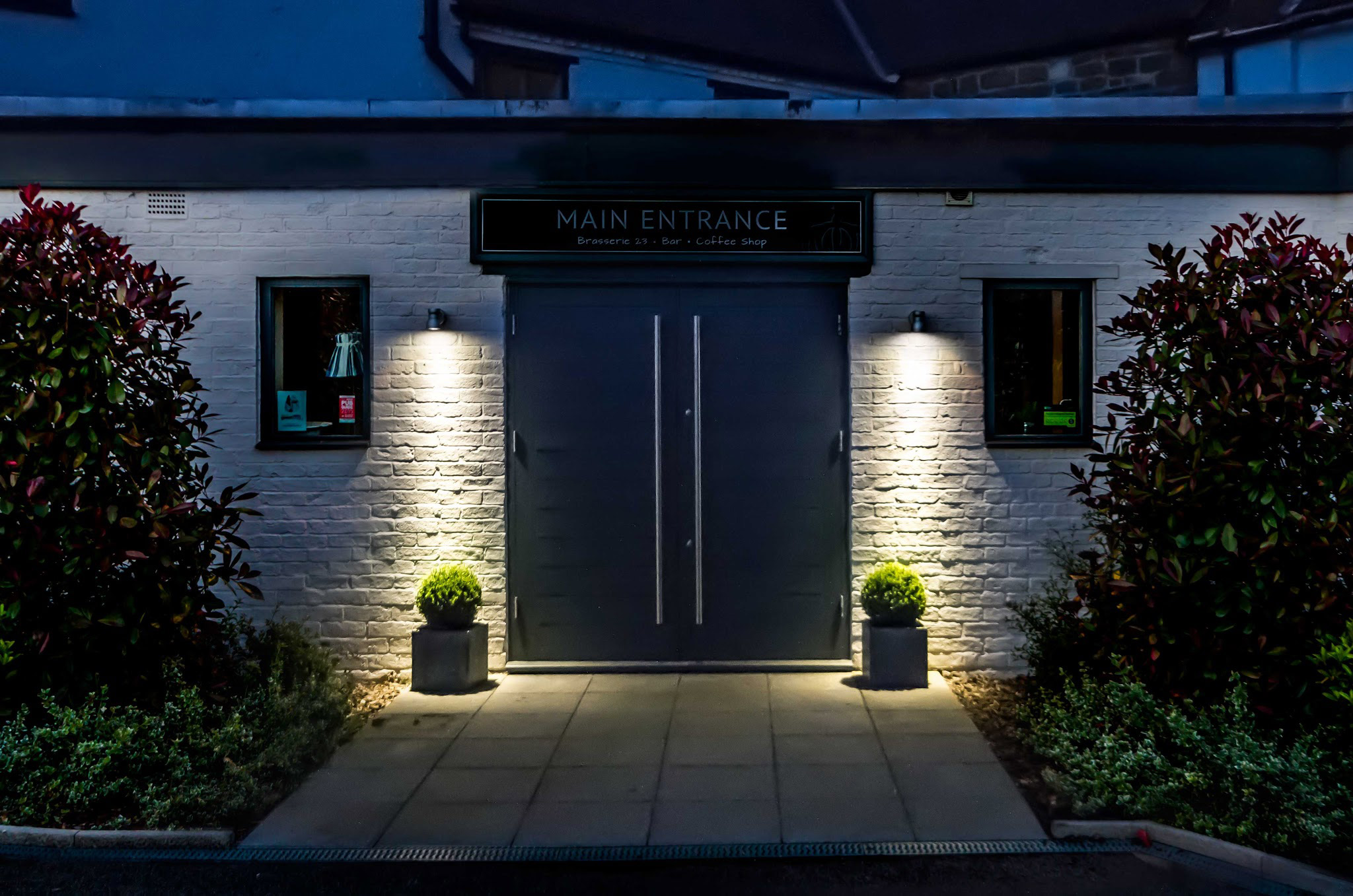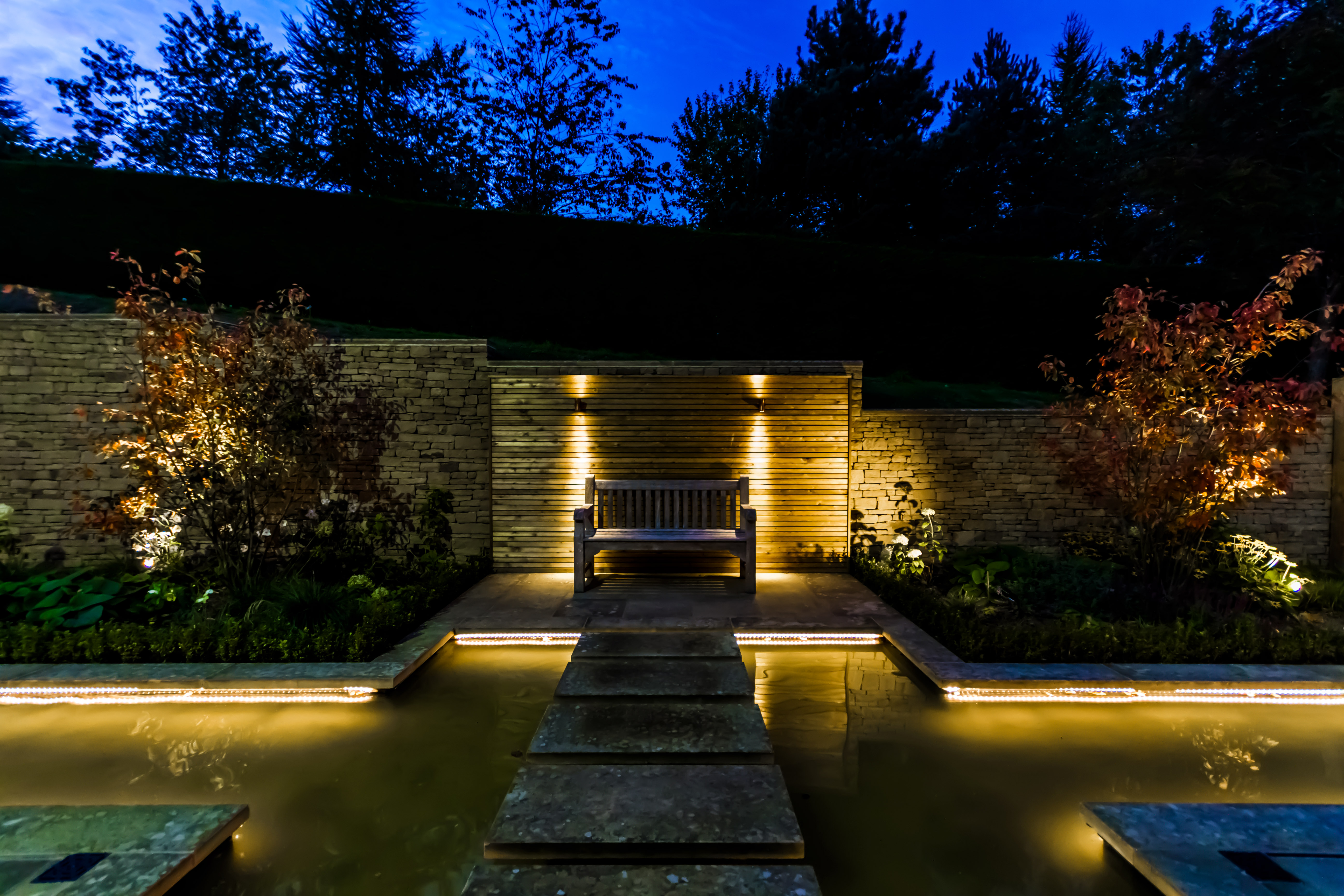Wildlife Friendly Outdoor Lighting
Outdoor lighting helps us enjoy the outdoors on a warm summer’s evening enjoying food or a drink and on a dark winter’s night looking out, but we must minimise the effect it has on nocturnal animals and insects.
The wrong light badly directed will impact wildlife in multiple ways including its navigation, physiology, breeding, and general health. It can disorientate moths and other insects, act as a barrier for some species and affect the migration and sleep of many common birds.
So how can we make sure that our customers enjoy their outdoor spaces and help protect wildlife from landscape lighting at the same time?

Direct the light
You should position lights as low as possible, aim them downwards and ensure that you only direct light where it is needed to avoid light spillage.
Well-designed fittings will have high quality optics so that you can accurately direct the light where you need it, whether that’s downwards or focussed on the object that you are lighting with minimal or no spillage into other areas.
Where you can use wall lights, don’t mount them too high above what you are lighting as this will give a steep tilt angle causing unwanted light pollution
Avoid upward light spill
When you are specifying a fitting check that they are low glare and have minimal or no upward light spill.
For a wall light or bollard check its upward light output ratio (ULOR), which is the percentage of light that it emits above the horizontal plane. For DarkSky approval it should have an ULOR of less than 0.5% or 50 lumens.
And if you do use uplights, ensure that you direct the light and contain it to the area being lit. Choosing the right beam angle and a luminaire with an asymmetric beam that will focus the light in one direction will make it easier to achieve this.


Colour temperature
The correlated colour temperature (CCT) of a fitting defines the colour appearance of its light. Warmer colours of 3000K or lower are less likely to scatter in the atmosphere than higher colour temperatures and will have less effect on wildlife and on light pollution. Ideally the lower the CCT the better; we would recommend using 2700K or even 2200K sources.
Use Lighting control
Reducing the time the lights are on can help the wildlife resume their natural cycles. Make sure that your scheme has lighting control so that the lights are only on when your customer needs them.

You will find that people who want landscape lighting want to enjoy the great outdoors whether its in their garden or in a restaurant enjoying al fresco dining. Yet they also want to protect the environment that they are enjoying and that includes the effect the lighting has on wildlife.
A good scheme will enable you to provide a solution that creates the right ambience both for people enjoying the outdoor and the wildlife that is part of it.



